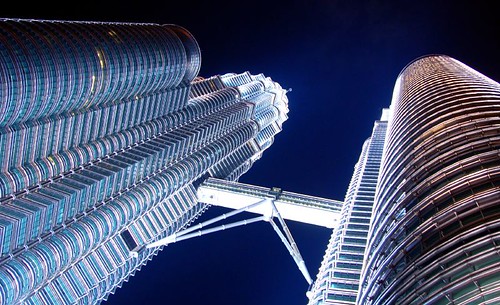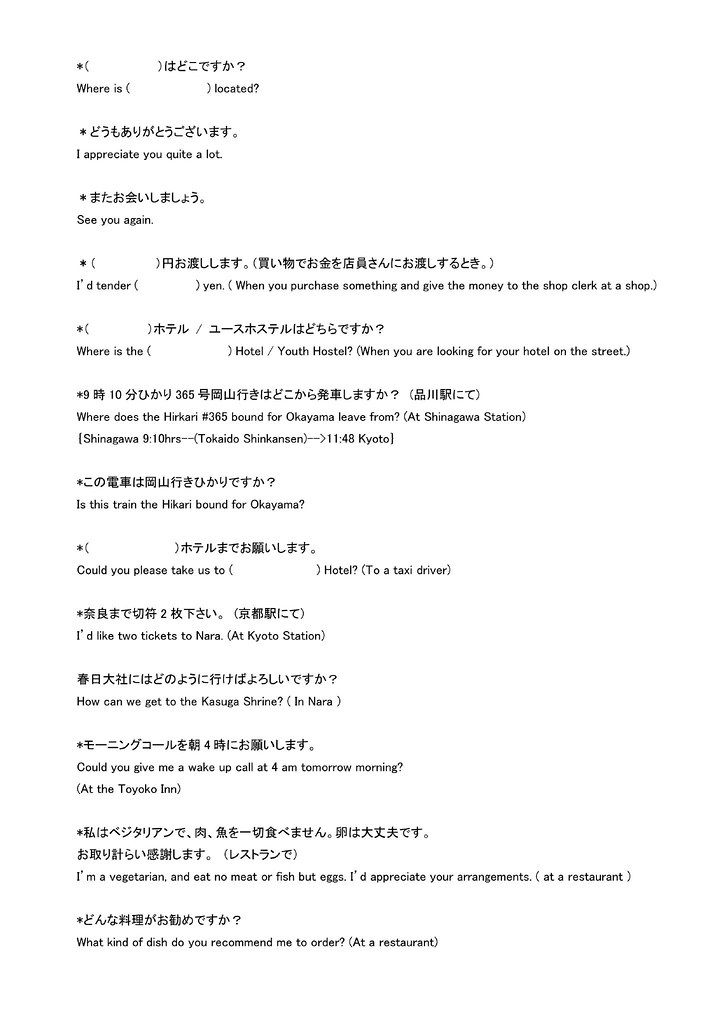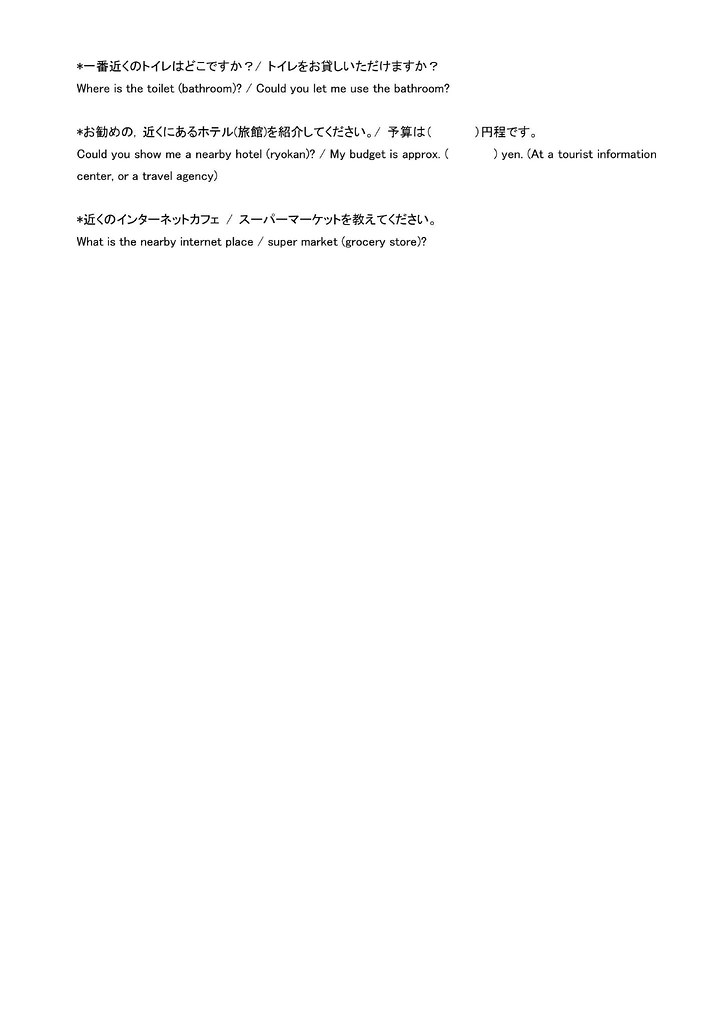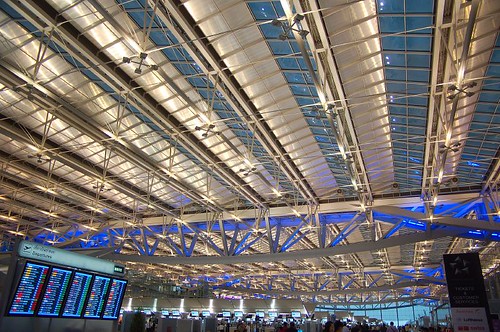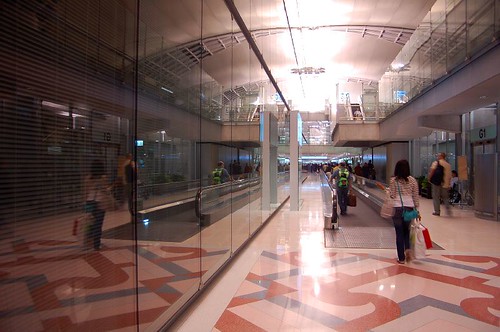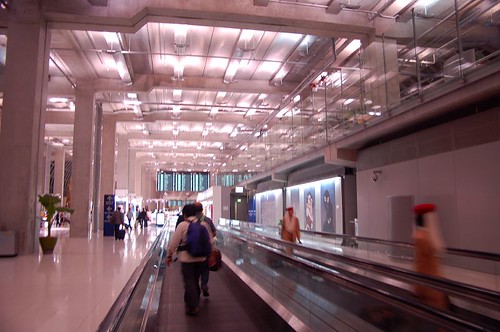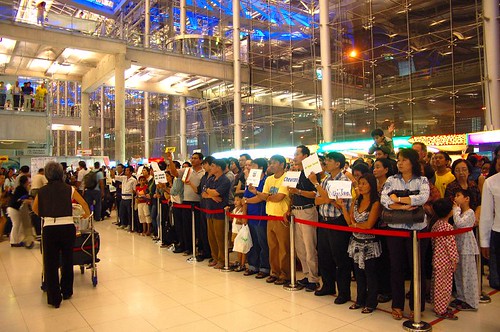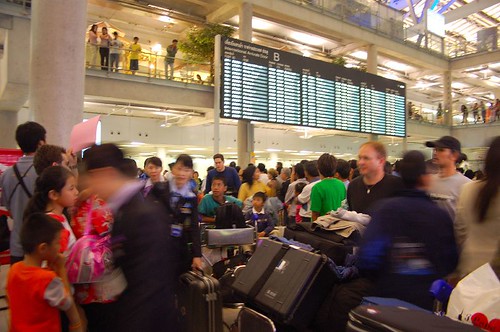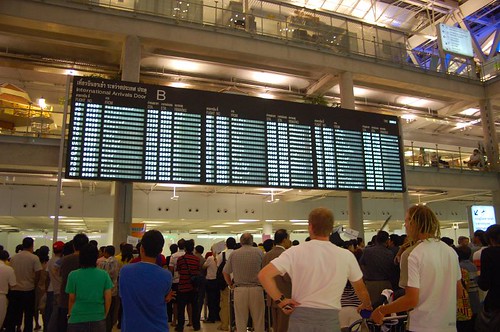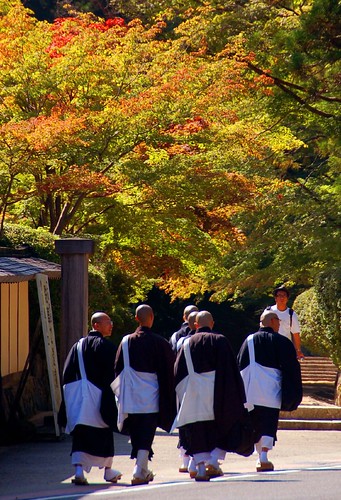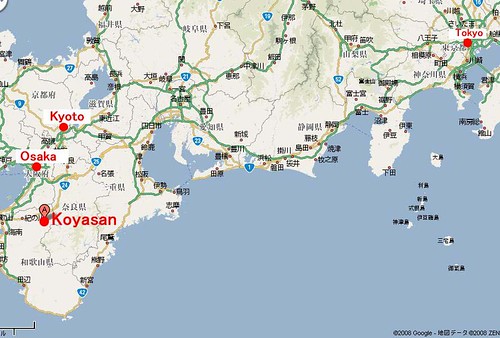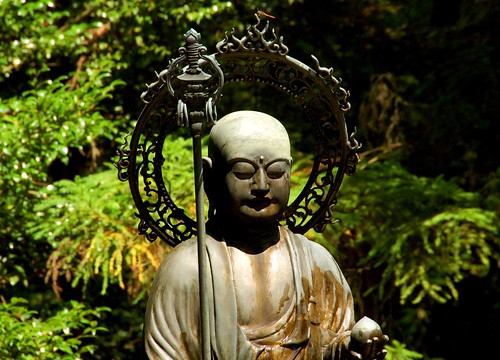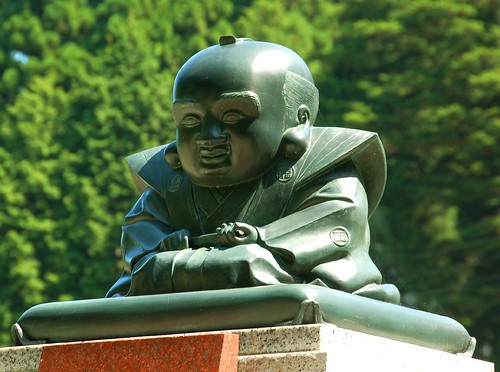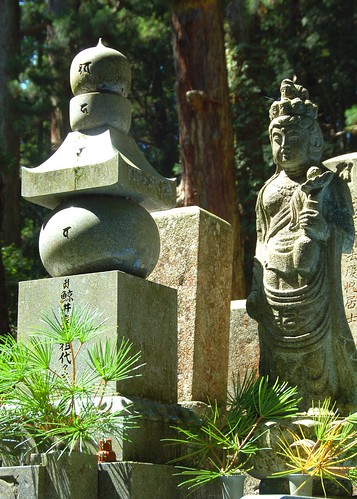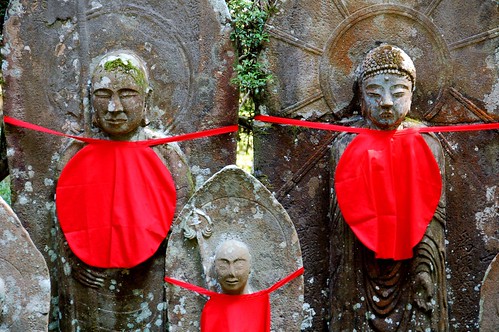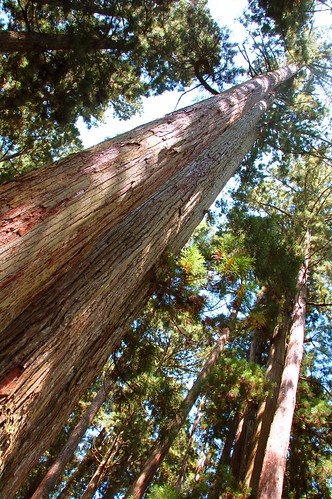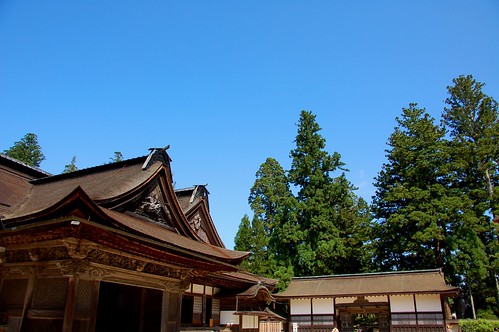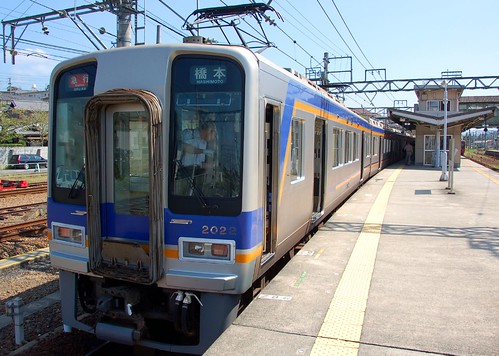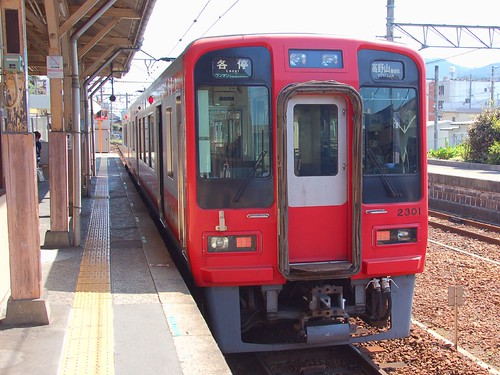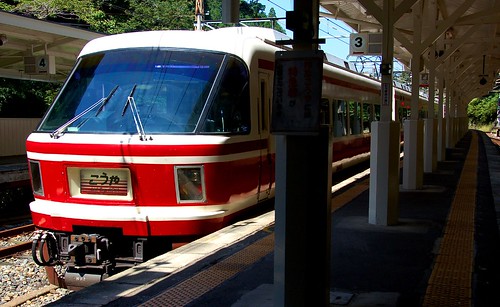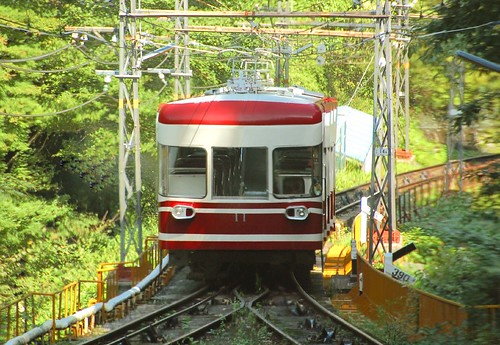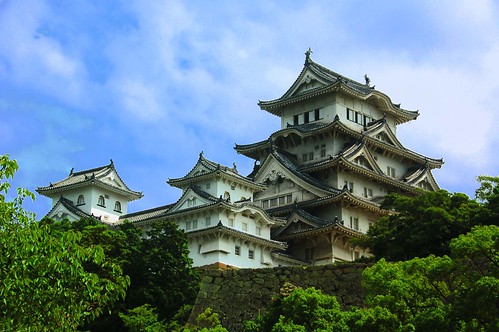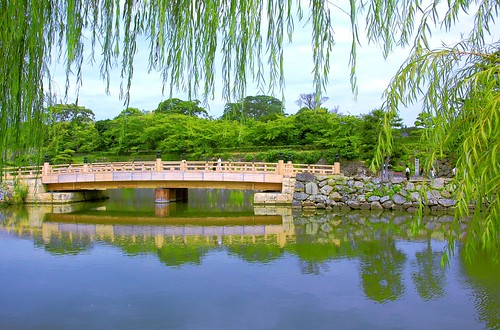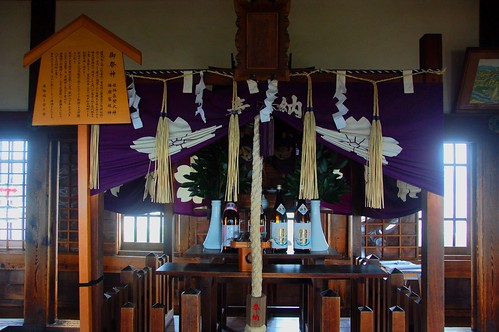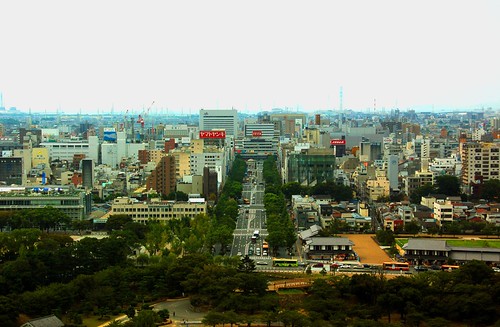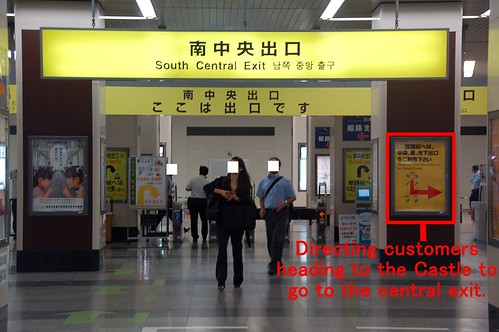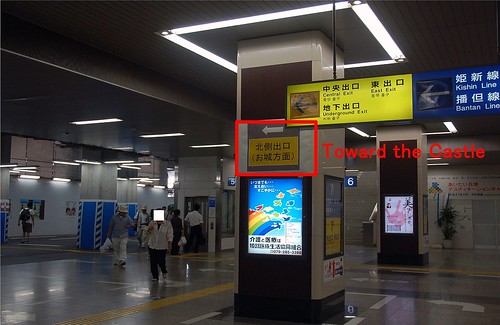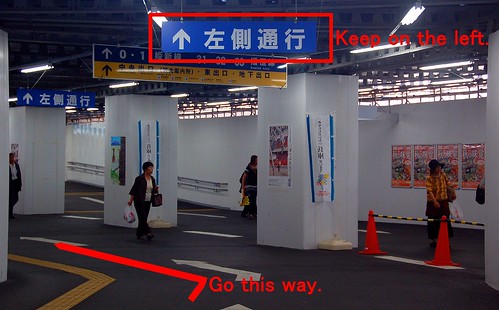
If you don't want to travel on the slower and less frequent Hikari between Tokyo and Kyot or Osaka with a Japan Railpass, or if you're unable to purchase a JR Pass, buying a discunted Shinkansen ticket valid on the Nozomi, sold at ticket shops, or 'Kin-ken-ya' in Japanese would be an optimal solution.
Yet please note that you can't use this kind of discount tickets during the New Year's holiday, the Golden Week and the Obon periods.
After you purchase this type of ticket, you need to have a seat reservation made on it at any JR ticket counter.
As for the convenience of Nozomi train, refer to the Japan Railpass page.
e.g.
Normal Tokyo - Kyoto Nozomi one way reservation ticket: 13,520 yen
1) Discounted ticket for the same conditions sold in Tokyo: 12,600 yen
2) In Kyoto: 12,850 yen
--- --- ---
1) In Tokyo (Ticket prices and whereabouts of the shops)
Daikokuya Yurakucho Branch:
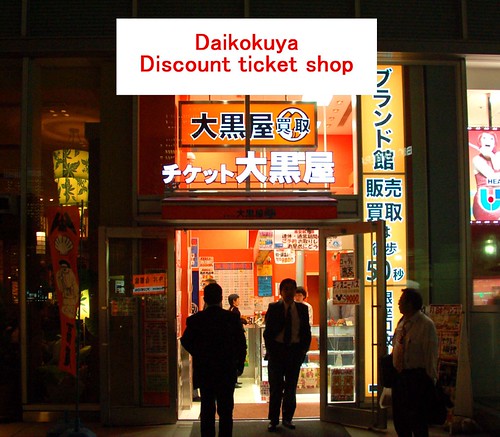


In Shimbashi:
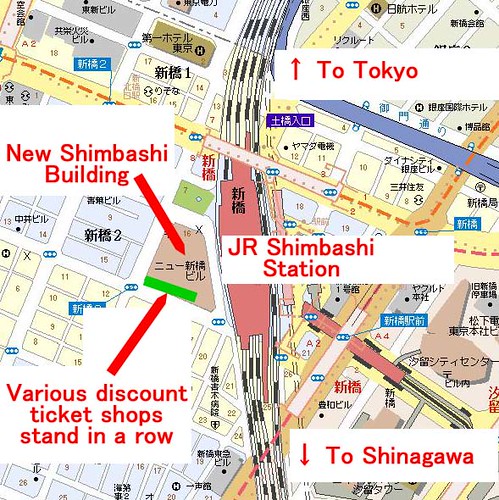
In Shinjuku:
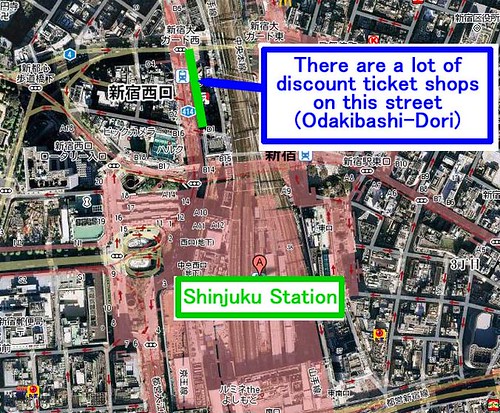
There are a lot of them also in Shibuya, Ikebukuro etc.
2) In Kyoto:
There is a ticket shop 'Tokai' very close to Kyoto Station.

You'll see the Kyoto Tower in front before you cross the street.

Cross the intersection diagonally.
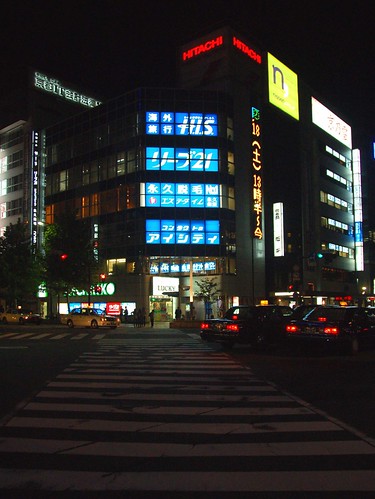
The shop is located on the second floor of this building.

I have seen a lot of ticket shops on the Shijo Street also in Kyoto.
.
